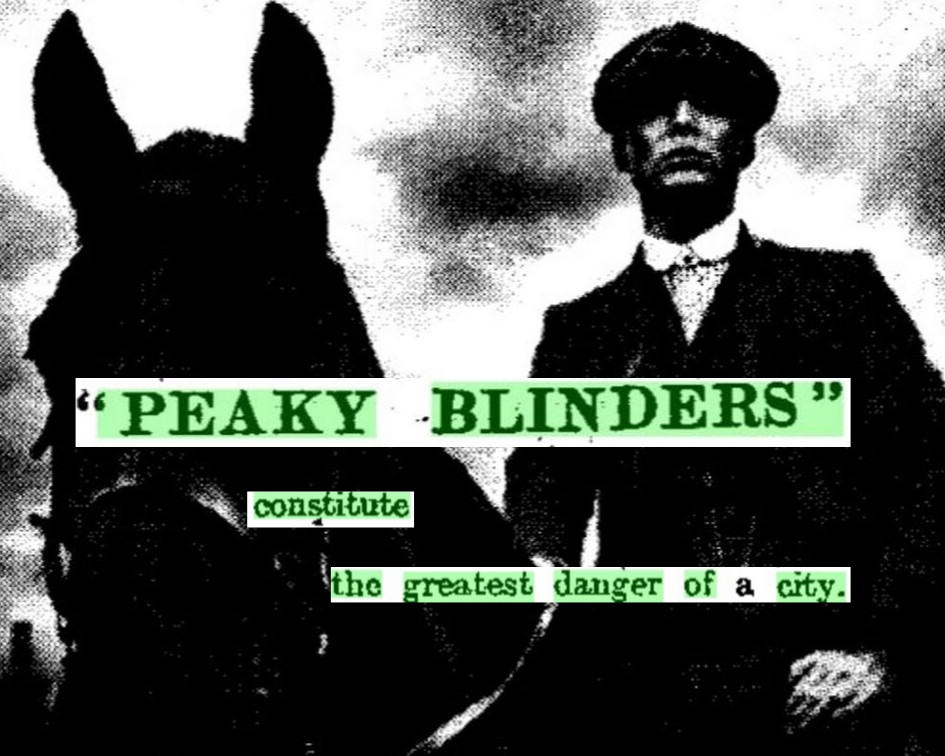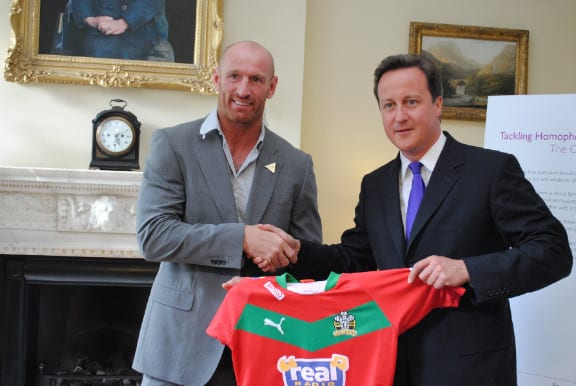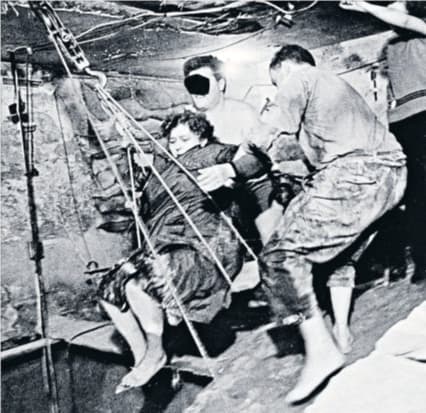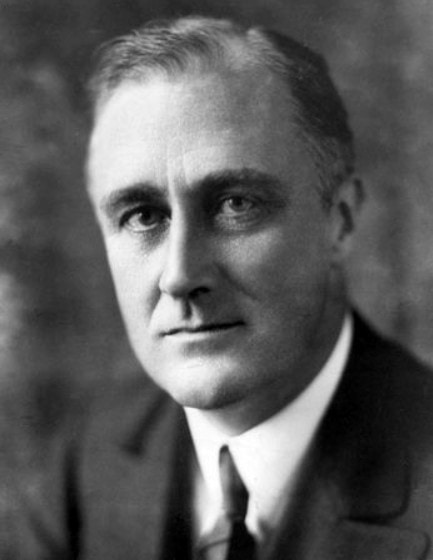│ by Kyle Sheldrake, Strategic Marketing Manager – Insight and Development │
Primary sources are a valuable resource in research projects, and digitised primary sources combine two advantages: the speed of identifying sources via targeted searching with having thousands of sources at your fingertips whenever they’re needed. The process of creating our Long Read on the Berlin Wall reminded me a lot of the essay writing process at university, so I thought this would be a good example to explain how to break down the process of gathering and assessing primary source material for a research piece, as this may be helpful to our student readers looking to incorporate primary sources into their essays.










